Evidence Along the Track - Practical Tracking for the LEO (Part 2)
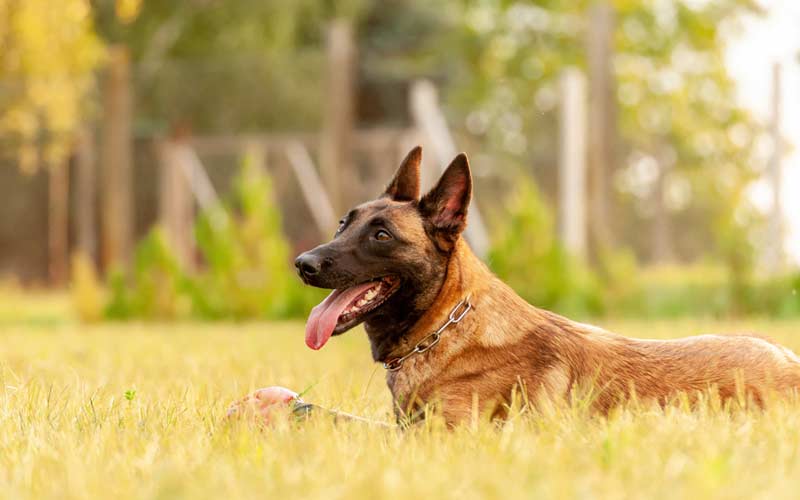
Foreword by Ed Frawley
I met Kevin Sheldahl in 1984 at a police K-9 school in Kansas. We have been good friends ever since. Kevin is a retired police K-9 handler. He became a K-9 Instructor and an International Police Dog Judge. Kevin's company K-9 Services runs 6-week police K-9 courses in which police officers learn how to become new K-9 handlers. To date, he has run 70 6-week courses and trained over 1,200 K-9 handlers. I don't know of another dog trainer that has Kevin's experience and knowledge of police service dogs training.
When I first began tracking for law enforcement there was a premium placed on non-contaminating indication of articles along the track as well as in evidence searches. The usual process was to start the process of evidence indication by teaching a very disciplined approach to the indication. Much like a sport dog at the time it was based in compulsion. Over time and with many dogs and handlers trained I observed a handful of things. Often poor indication, in training and especially in application, sometimes avoidance to the article itself, and occasionally nice performances., and occasionally a frustrated dog indicating on anything. This just didn't seem satisfactory.
So, I began doing something different….at least different to me. Once the dog was able to track disturbance it is time to broaden its horizons. I won't attempt to say what a dog uses along the track in addition to disturbance. But, they are capable of using a variety of information. With this in mind I began adding information and one of the things I want to convey to the dog is to be interested in human odor of any type along the track. So, I began placing items heavily saturated with tracklayer odor on the track.
Now the dog is naive to these items. So the behavior of the dog is quite variable when the dog encounters the article. The dog may ignore the item, play with the item, push it with their nose, etc. If the dog attends in the least to the article I reinforce this behavior…how is dependent on the dog and behavior displayed, but it is a big deal. I might simply pour handler affection, or drop tidbit in the item, or even drop a favored toy onto the item as the dog indulges in the item. If the dog ignores the item I may kick it, and make a huge thing of it, to make the dog focus on it. Rarely I will wrap a toy in it if the dog is just hugely resistant to attending to it. I may drop tidbits into the article as the dog attends to it. But, the goal is to see the dog become stimulated by the presence of the item on the track, to begin to recognize human odors coming from it.
The items I use are big, t-shirts worn in the gym, hats, dirty socks, things with odor and lots of it. When the dog is obviously responding to odor first, article second I will begin to create an indication. This is up to the handler or departmental standard. Sometimes simply standing is fine, other want a picked up or retrieved indication, and others want a sit or down. Once the dog is responding to odor this can be shaped. If the desire is a non-contaminating indication (or this is the best for that dog) I begin by rewarding a position or by successive approximation to the desired position. I often will throw in a bit of molding to get the job done. As long as the dog is a chow hound I usually do this with food.
Once I have this part done, I will take the evidence search away from tracking. This is a simple and easily done thing. I place evidence in a field while the dog is watching, initially just one object that the dog has found on the track in the past. By standing in between the object and the dog on a down, encourage the dog to search (not much a of a search here as the dog saw you put it there). Once the dog locates it, encourage the same indication that you have on the track and reinforce it as usual. This is repeated in a zig zag fashion across fields, lots, etc. I increase to multiple finds, then increase to varying size searches and varying numbers of finds. Don't forget a few blanks in there as well.



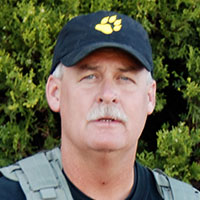
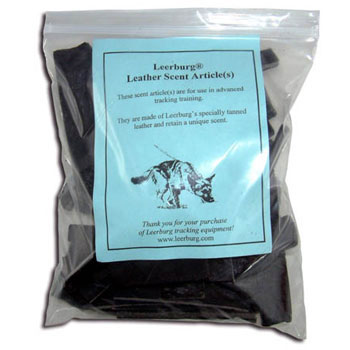
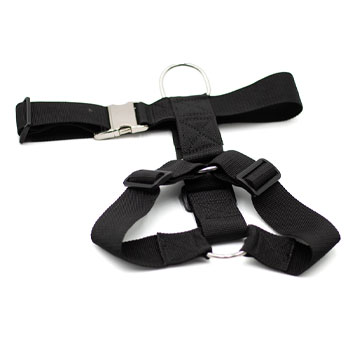
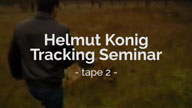

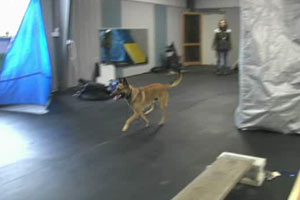
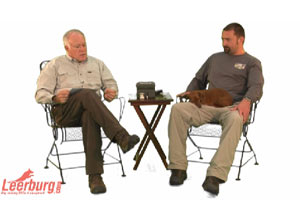
Ask Cindy.